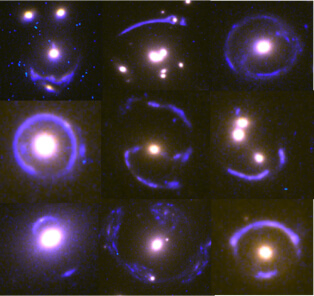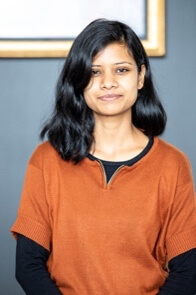SEMINAR 2024
Investigating the Universe with Gravitational Lenses and Gravitational Waves
| Speaker | Nandini Sahu, University of New South Wales, Sydney, Australia The ARC Centre of Excellence for All Sky Astrophysics in 3 Dimensions (ASTRO-3D) |
| Date/Time | Wednesday, 16 Oct, 3PM |
| Location | Conference room: S11-02-07 |
| Host | Asst/Prof Alvin Chua |
Abstract
The naturally occurring cosmic telescope called gravitational lensing is a powerful tool that lets us observe magnified images of background galaxies in the early Universe, measure dark matter distribution from galactic to cluster scale, understand galaxy mass assembly theories, and constrain the cosmological model of the Universe. A recent ASTRO 3D Galaxy Evolution with Lenses (AGEL) survey has identified strong gravitational lenses using machine learning methods on the deep optical imaging from DECaLS and Dark Energy Survey and confirmed lenses with optical to near-infrared spectroscopy. I will talk about various science questions being investigated by the AGEL team. I will expand on how I use Hubble Space Telescope observations of strong gravitational lenses to understand more about the evolutionary tracks followed by galaxies. I will briefly discuss the case of multi-source plane (compound) gravitational lenses, which form a great tool to investigate the cosmological model of the Universe.
In the second part of my talk, I will briefly discuss the latest correlations between supermassive holes and host galaxy properties and their application for detecting long-wavelength gravitational waves being searched for by Pulsar Timing Arrays.


Biography
Nandini is an ASTRO3D Postdoctoral Fellow at the University of New South Wales, Sydney. Currently, She is studying gravitational lenses and lensed galaxies from the early Universe to further develop our understanding of galaxy formation and evolution. Nandini did her Ph.D. from the Swinburne University of Technology, Melbourne in 2022. Her Ph.D. thesis titled “Morphology-dependent Black Hole Mass Scaling Relations” presents the latest developments and new correlations between supermassive black hole mass and host galaxy properties. Before coming to Australia for her Ph.D. in 2017, she completed her Bachelors’s and Masters’s degrees in Engineering Physics at the Indian Institute of Technology (BHU) Varanasi. She is originally from India, born and brought up in a small town near Ayodhya.
